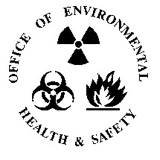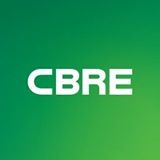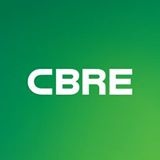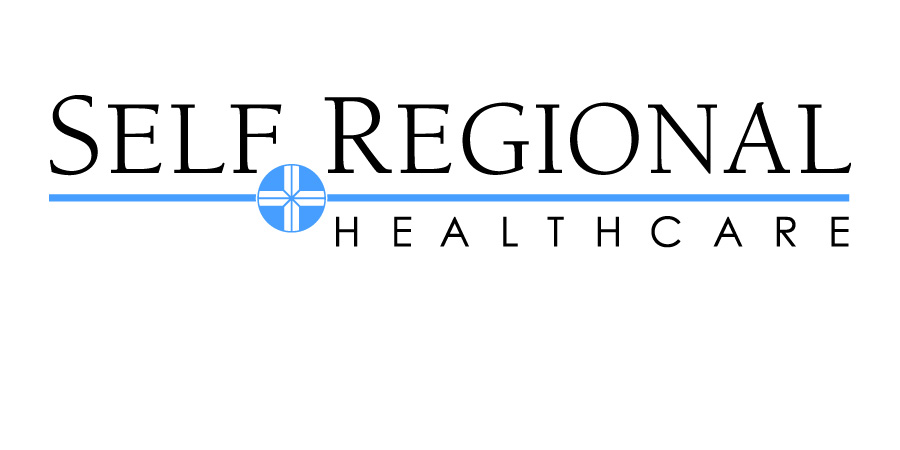Information
-
Audit Title
-
Supervisor/Manager
-
Conducted on
-
Prepared by
-
Contact Email
Unit Issues - Supervisor/Manager is responsible for correcting all “NO” answers in this Unit section. For any Procedural Changes with your environment (staff knowledge, improper storage, etc.) - Correct the situation AND Conduct applicable training to prevent re occurrence of noted issues.
-
1) Are all commercial exhaust hoods inspected?
-
2) Are space heaters the approved type, and in appropriate areas?
-
3) Is all cooking equipment the proper type and in designated cooking areas?
-
4) Are wet floors clearly marked with signage, to reduce slipping hazards?
-
5) Is the area free of door chocks?
-
6) Is the area free of electrical hazards (no damaged cords, extension cords or daisy-chaining surge protectors, etc.)?
-
7) Are Relocatable Power Taps (power strips) the correct type in the correct locations? <br>RPTs must be listed UL 1363A or UL 60601-1 for patient care areas, <br>or UL 1363 for non-patient care equipment outside of patient care areas.
-
8) Are medical inspection tags current?
-
9) Are corridors and passageways free of obstructions?
-
10) Are all stairwells clean, free of storage and obstructions?
-
11) Are fire doors, fire extinguishers, gas cut-off valves and other emergency equipment unobstructed?
-
12) Are fire and smoke doors free of posters and combustible decorations?
-
13) Are all materials stored a minimum of 18 inches from sprinklers heads?
-
14) Are Emergency Telephone Number stickers on telephones?
-
15) Are the medications properly secured?
-
16) Are trash rooms properly secured?
-
17) Are storage & equipment rooms free of clutter and unsafe conditions?
-
18) Are chemicals properly stored, labeled, and separated from patient contact/other clean items?
-
19) Are chemical spill kits available?
-
20) Is Chemical Inventory list updated annually and accessible to employees?
-
21) Is Personal Protective Equipment available?
-
22) Are all records maintained for weekly testing of eyewash units?
-
23) Are the number of compressed gas cylinders within maximum limits?
-
24) Are all compressed gas cylinders properly secured and segregated? (Green rack FULL, Red rack Used/Empty)
-
25) Is the "Unit/Department Specific Emergency Preparedness Plan" complete, posted, and updated annually?
-
26) Does staff know location and proper use of fire extinguishers?
-
27) Does staff know location and proper use of medical gas shut-off valves?
-
28) Do the employees observed have RACER & Identification cards?
-
29) Does staff know how to report a lost Identification Card?
-
30) Does the staff know how to access the Safety Manual and EOP?
-
31) Does staff know how to access the SDS (Safety Data Sheet) for chemicals?
-
32) Does staff know how to report an unsafe condition?
-
33) Does staff know how to report safety and security incidents involving patients, visitors or staff?
-
34) Does staff know how handle/report medical equipment malfunctions/incidents, including when someone is injured?
-
35) Does staff know the roles & responsibilities of their specific unit/department during a disaster or emergency exercise?
-
36) Does staff know of the emergency preparedness exercises that the facility has participated in the past 12 months?
-
37) Have all Unit/Department concerns been addressed?
Life Safety Department / Plant Ops are responsible for correcting all "NO" answers in this section.
-
38) Are hazards properly safeguarded for any renovations or construction projects underway?
-
Are documents (construction & hot-works permits, barrier checklist, etc.) posted?
-
39) Are all hazardous areas properly identified with signage?
-
40) Are Exit and stairwell doors properly identified and illuminated?
-
41) Are doors, including fire doors, in good repair and free to open, close and latch properly?
-
42) Are sprinkler heads free from damage, corrosion, foreign materials and paint?
-
43) Are all electrical panels free of open gaps and improperly connected breakers in panels?
-
44) Are all panels in public areas properly secured?
-
45) Are all mechanical/electrical areas free of combustible storage/debris?
-
46) Are electrical outlets and junction boxes undamaged, and have covers?
-
47) Is no smoking policy posted and being followed? Is the area free from evidence of smoking?
-
48) Are all fire extinguishers inspected and tagged?
-
49) Have fire drills been conducted and critiqued?
-
50) Are there records of all required fire protection and detection systems’ inspections and tests?
-
51) Have all facility concerns been addressed?
Appropriate Environment - Life Safety Department / Plant Ops are responsible for correcting all "NO" answers in this section.
-
52) Is lighting suitable for the care, treatment, and services provided?
-
53) Is the floor (tile / carpet) clean and in good condition?
-
54) Are ceiling tiles and HVAC grilles clean and intact?
-
55) Are electrical tamper-proof receptacles installed in the areas where children may be present?
-
56) Are grab bars and handrails installed and in good condition, where required?
-
57) Are all furnishing and equipment safe and in good repair?
-
58) Are areas used by patients safe, clean, and free of offensive odors?
-
59) Environment appropriate to the care, treatment, and services provided, in relation to the age & needs of patients?
-
60) Is there an area for physicians or other healthcare professionals to speak to patients, visitors, or family that ensures privacy?
-
61) Is the waiting area ADA compliant and located to minimize the impact of noise/activity on patient areas and staff functions?
-
62) Are there adequate way-finding markings to assist patients and visitors in locating specific areas or service?
-
63) Is the exterior of the building safe and free of hazards?










